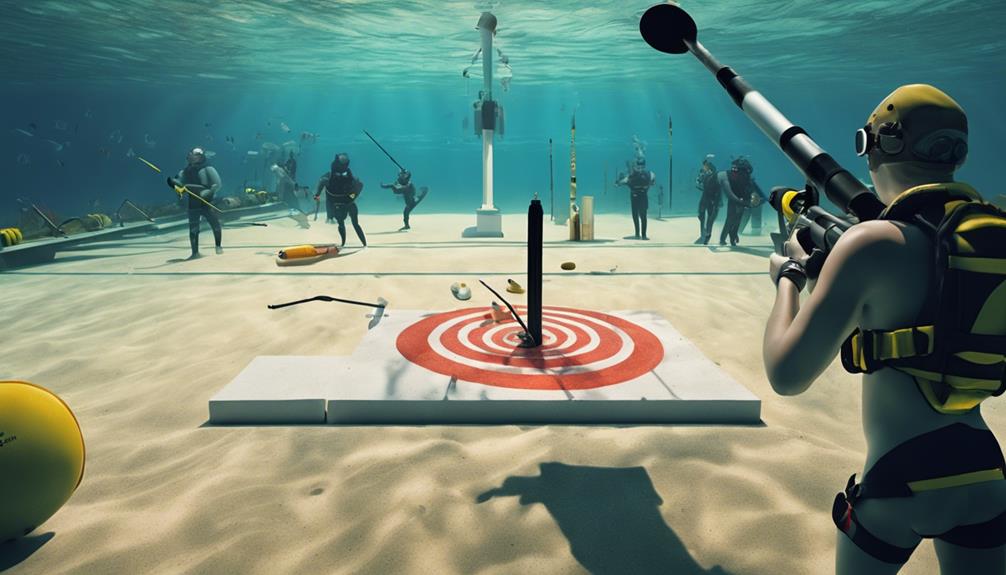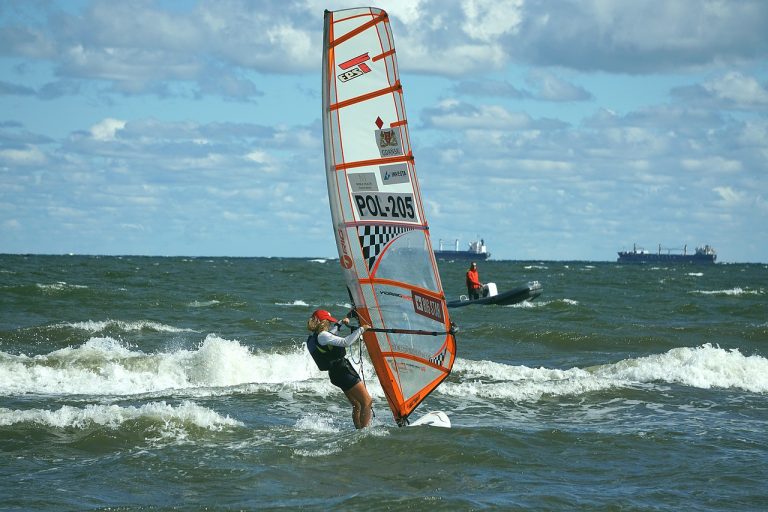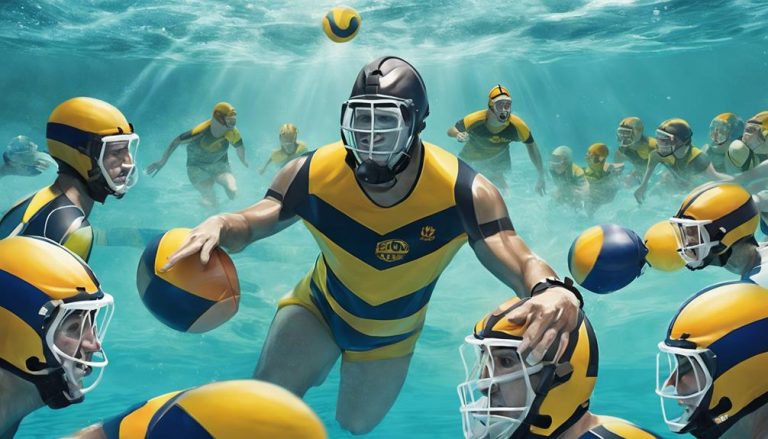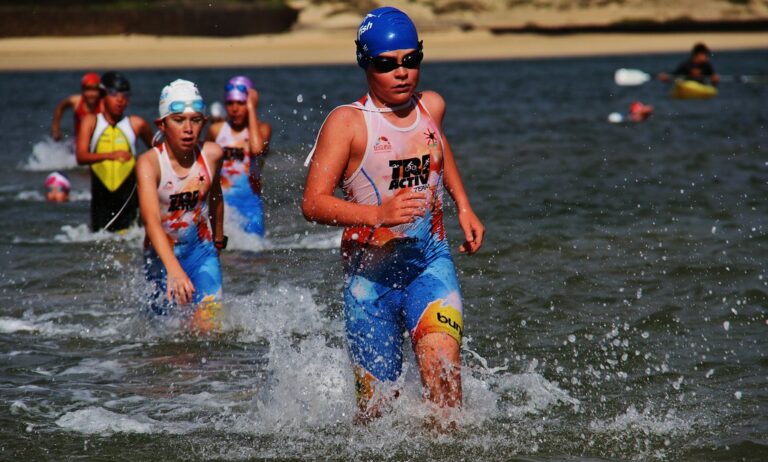General Rules of Underwater Target Shooting
Imagine yourself as a skilled archer, aiming for the bullseye with precision and focus. Underwater target shooting requires that same level of accuracy and determination. As you descend into the depths of the water, the pressure intensifies, challenging your ability to maintain control. However, with the right techniques and adherence to the general rules of this unique sport, you can conquer the underwater world and emerge victorious. But first, let's explore the essential safety precautions that will ensure your success in this exhilarating endeavor.
Safety Precautions
When participating in underwater target shooting, always ensure that all safety precautions are strictly followed to prevent any potential accidents. Safety gear plays a crucial role in ensuring your well-being during these activities. Before engaging in underwater target shooting, make sure you have the necessary equipment, such as a diving mask, snorkel, fins, and a wetsuit. These items not only protect you from the elements but also enhance your performance by providing comfort and ease of movement underwater.
Training techniques are essential for mastering the skills required for underwater target shooting. Enroll in a certified training program to learn the proper techniques for breath control, buoyancy control, and accurate shooting. These skills are vital for your safety and success in underwater target shooting. During training, focus on improving your swimming abilities, as speed and agility are advantageous in this sport. Practice regularly to enhance your precision and control while shooting targets underwater.
Equipment Requirements
You need to ensure you have all the essential gear for underwater target shooting, including a speargun, mask, snorkel, and fins. Proper safety precautions such as checking your equipment before each use and understanding the shooting area are crucial for a successful and safe experience. Regular equipment maintenance, like rinsing gear with fresh water after each use and storing it properly, will help prolong the life of your gear and ensure optimal performance.
Essential Gear Needed
To engage in underwater target shooting, specific gear is essential to ensure safety and precision in your aim. When selecting gear for this activity, consider the maintenance requirements to keep your equipment in optimal condition. Safety equipment and techniques are crucial for a successful and secure shooting experience.
| Gear | Description | Purpose |
|---|---|---|
| Speargun | Harpoon-like device | Shooting underwater targets |
| Diving Mask | Transparent face covering | Clear vision underwater |
| Wetsuit | Neoprene suit | Thermal insulation |
| Weight Belt | Heavy belt with weights | Buoyancy control |
Ensure your gear is well-maintained to prevent malfunctions during your underwater target shooting sessions. Proper gear selection and maintenance are key to a safe and enjoyable experience.
Proper Safety Precautions
For optimal safety during underwater target shooting, adherence to specific equipment requirements is imperative. Safety protocols should include the use of a reliable diving mask to ensure clear vision underwater. Ensure your snorkel is functioning correctly, allowing you to breathe effortlessly while focusing on your target. A well-fitted wetsuit not only provides thermal protection but also aids in buoyancy control. Emergency procedures must be considered, so having a signaling device such as a whistle or dive alert can be crucial in alerting your dive buddy or nearby boats in case of distress. Additionally, a backup dive light is essential for low visibility situations. Prioritize safety by following these equipment requirements and being prepared for any unforeseen circumstances.
Equipment Maintenance Tips
Regular maintenance of your diving mask, snorkel, wetsuit, signaling device, and dive light is crucial to ensure optimal performance and safety during underwater target shooting. To keep your equipment in top condition, follow these maintenance tips:
- Maintenance Schedule: Establish a regular maintenance schedule to inspect and clean your gear after each use.
- Cleaning: Rinse your equipment thoroughly with fresh water after diving to remove salt and debris.
- Equipment Repair: Promptly address any damage or wear to prevent malfunctions underwater.
- Spare Parts: Keep spare parts on hand for quick repairs and replacements, ensuring uninterrupted dives.
Target Setting Guidelines
When setting up targets for underwater shooting, consider the depth at which they will be placed, as this affects visibility and difficulty. The size and shape of the targets are crucial factors to ensure a fair and challenging shooting experience. Keep in mind that target positioning can greatly impact the accuracy and skill required to hit the mark.
Depth for Targets
To enhance accuracy and challenge in underwater target shooting, carefully consider the depth at which targets are placed, ensuring they are optimally positioned for effective training and skill development. When setting the depth for targets, keep in mind the following guidelines:
- Depth challenges: Vary the depth of targets to simulate real-world scenarios and test your skills at different depths.
- Target visibility: Ensure targets are placed at depths with good visibility to promote accurate aiming and shooting.
- Underwater obstacles: Place targets strategically to navigate around obstacles, enhancing your agility and precision underwater.
- Target placement: Experiment with different depths to find the optimal position that challenges you without hindering your shooting abilities.
Target Size and Shape
Consider the optimal size and shape of underwater targets to maximize the effectiveness of your target setting guidelines. When setting up targets, it is crucial to factor in target distance and accuracy. The size and shape of the target will directly impact the difficulty level of the shooting exercise. Targets should be visible yet challenging to hit, promoting accuracy and skill development. Additionally, understanding the buoyancy of the target is essential to ensure it stays in place during shooting practice. Balancing visibility, distance, and buoyancy will create a stimulating and productive underwater target shooting experience.
| Target Size | Target Shape | Target Impact |
|---|---|---|
| Medium | Circular | Challenging |
| Small | Rectangular | Precise |
Shooting Techniques

Utilize proper breathing techniques to maintain control and accuracy while shooting underwater targets. When engaging in underwater target shooting, mastering the following shooting techniques is essential for precision and success:
- Breathing exercises: Before taking your shot, focus on steady inhalation and exhalation. Controlled breathing helps stabilize your body and can prevent unnecessary movements that may throw off your aim.
- Aiming techniques: Develop a consistent method for aiming at your target. Whether you prefer using sights or instinctive shooting, practice regularly to hone your accuracy.
- Focus control: Maintain a clear and unwavering focus on your target. Avoid distractions from surrounding movements or sounds to ensure your shot remains on target.
- Trigger discipline: Only squeeze the trigger when you have a clear shot. Avoid jerking the trigger, as this can lead to inaccuracies in your aim. Practice smooth and deliberate trigger pulls to improve your shooting precision.
Scoring System
Maintain precision in underwater target shooting by understanding the scoring system, which plays a crucial role in evaluating your performance and accuracy. Scoring accuracy is fundamental in this sport, with points distributed based on hitting specific zones of the target. The closer your shot is to the center, the higher your score will be. Understanding the point distribution is essential to strategize your shots effectively.
Target distance is a key factor influencing scoring variations. The further away the target is, the more challenging it becomes to hit the center accurately. In underwater target shooting, the scoring system often takes into account the depth at which the target is placed. This adds a layer of complexity to the scoring process, requiring shooters to adjust their techniques based on the target's distance and depth.
Scoring variations may also occur depending on the type of target used. Different targets can have varying sizes and point distributions, affecting how points are allocated. It is crucial to familiarize yourself with the specific scoring rules of the targets you will be shooting at to maximize your scoring potential. By mastering the scoring system and understanding how target distance influences scoring variations, you can enhance your performance in underwater target shooting.
Competition Rules

Understanding the competition rules is essential for ensuring fair play and consistent standards in underwater target shooting tournaments. When participating in these events, it is crucial to adhere to the specific guidelines to guarantee a level playing field for all competitors. Here are some key aspects to consider:
- Judging Criteria: The judging criteria in underwater target shooting competitions typically focus on accuracy, precision, and technique. Judges evaluate how closely the shots hit the target and the overall skill displayed by the shooters. Understanding the judging criteria can help you tailor your approach to maximize your scores.
- Scoring Methods: Different competitions may use various scoring methods, such as awarding points based on the distance of the shot from the center of the target or the total number of successful hits. Familiarizing yourself with the scoring system used in a particular tournament is essential for strategizing your performance.
- Team Formations: In team competitions, understanding the rules regarding team formations is crucial. This includes knowing how teams are structured, how scores are combined, and any specific regulations that apply to team events.
- Competition Formats: Competitions can vary in format, including individual events, team events, and mixed events. Each format may have its own set of rules and regulations governing the competition. Being well-versed in the specific format of the tournament you are participating in is key to success.
Training Tips
How can you enhance your performance in underwater target shooting through effective training techniques? Training for underwater target shooting requires a combination of physical and mental preparation. One crucial aspect is effective breathing techniques. Proper breathing helps you stay calm, conserve oxygen, and maintain control during the competition. Practice deep, slow breaths to oxygenate your body and reduce anxiety underwater. Incorporating breathing exercises into your training routine can significantly improve your overall performance.
Another essential training tip is mental focus. Underwater target shooting demands intense concentration and focus to hit the targets accurately. Visualization techniques can help you enhance your mental focus. Before each training session, visualize yourself successfully hitting the targets and imagine the feeling of accomplishment. This mental rehearsal can boost your confidence and improve your performance during the actual competition.
Consistent training is key to mastering underwater target shooting. Set specific goals for each training session and track your progress over time. Focus on improving your accuracy, speed, and overall technique. By incorporating effective breathing strategies and enhancing your mental focus, you can elevate your performance in underwater target shooting. Remember, practice makes perfect, so dedicate time to training regularly to achieve your full potential in this challenging sport.
Frequently Asked Questions
Can Underwater Target Shooting Be Practiced in Any Body of Water, or Are There Specific Requirements for the Shooting Environment?
You can practice underwater target shooting in specific locations. Safety precautions are crucial. Unique locations offer varying challenges. It's essential to research the environment beforehand to ensure proper conditions for this activity.
What Is the Best Type of Wetsuit to Wear for Underwater Target Shooting, and Does It Vary Depending on Water Temperature?
For underwater target shooting, the best wetsuit to wear depends on water temperature. Thicker neoprene wetsuits provide more insulation in colder waters, while thinner ones are suitable for warmer temperatures. Choose the right material for comfort and performance.
Are There Any Specific Regulations or Restrictions on the Types of Spearguns or Equipment That Can Be Used in Underwater Target Shooting Competitions?
When it comes to underwater target shooting competitions, regulations may dictate the types of spearguns and equipment allowed. Restrictions can vary based on the shooting environment requirements. Always check the rules for specific guidelines.
How Deep Do Targets Typically Sit Underwater During Competitions, and Are There Any Variations in Target Depth Based on Skill Level or Competition Category?
Targets typically sit at varying depths during competitions, with depths adjusted based on skill levels. Beginners often encounter shallower depths for easier access, while advanced divers face deeper challenges to test their proficiency.
Are There Any Recommended Breathing Techniques or Strategies for Maintaining Focus and Accuracy While Underwater Target Shooting?
To maintain focus and accuracy in underwater target shooting, practice controlled breathing techniques. Incorporate mental strategies like visualization to enhance precision. Engage in steady, deep breaths to regulate oxygen levels and promote calmness, aiding in shooting proficiency.






